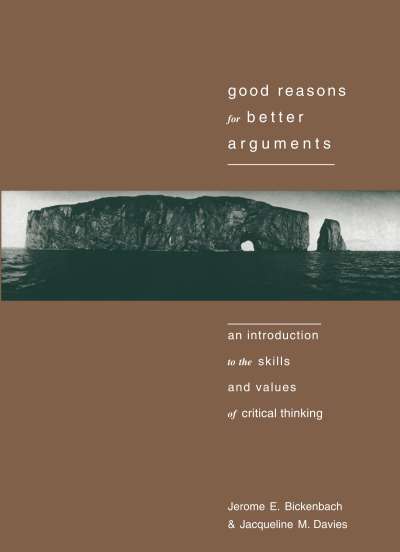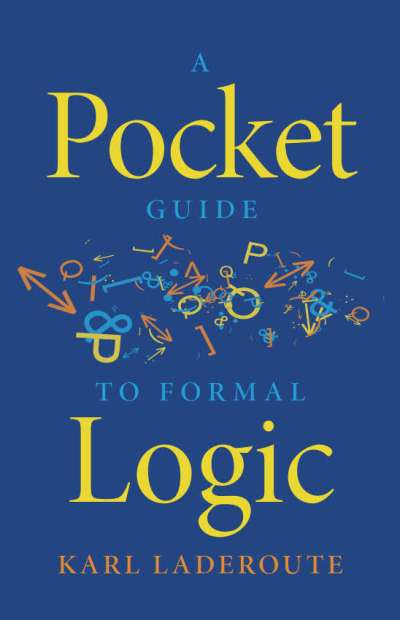For the Canadian edition, click here. A concise edition of Critical Thinking is also available here.
Critical Thinking is a comprehensive and accessible introduction to the essential skills of good reasoning. The authors provide a thorough treatment of such central topics as deductive and inductive reasoning, logical fallacies, how to recognize and avoid ambiguity, and how to distinguish what is relevant from what is not. Later chapters discuss the application of critical thinking skills to particular topics and tasks, including scientific reasoning, moral reasoning, legal reasoning, media analysis, and essay writing. The book also provides complimentary access to a companion website containing additional questions, flashcards, and other useful critical thinking resources.
Comments
“This textbook stands out from others for its clarity, which is due in large part to the conceptual organization of the material it covers. Rather than artificially carving out various aspects of critical thinking for individual treatment, the authors simply and carefully develop ideas, step by step. This approach makes clear how various aspects of careful, critical thinking come together, allowing students to develop their skills along the way.” — Joshua Smith, Central Michigan University
“I cannot think of a better introduction to critical thinking that does not compromise philosophical rigor. … Not only does the book offer an excellent introduction to standard elements of critical thinking, it also addresses issues surrounding the media, assessing and organizing argumentative essays, and philosophical puzzles and paradoxes.” — Mahesh Ananth, Indiana University, South Bend
“ … a text which is destined to make a noteworthy contribution to the critical thinking movement.” — David Naugle, Dallas Baptist University












